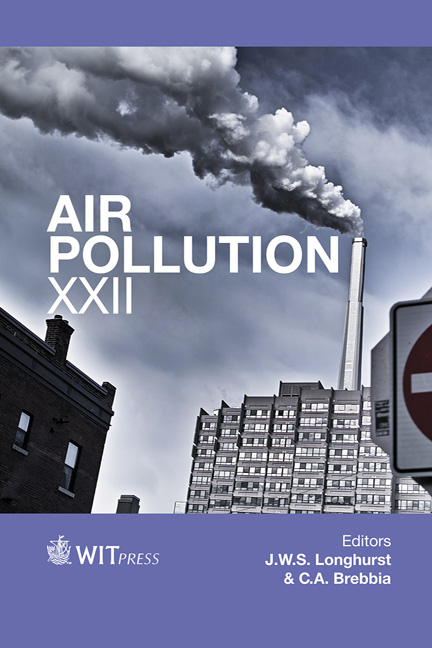Conversion Of Nitrogen Compounds Into Nitrogen Oxides During Combustion In A Fluidised Bed Reactor
Price
Free (open access)
Transaction
Volume
183
Pages
16
Page Range
245 - 260
Published
2014
Size
3099 kb
Paper DOI
10.2495/AIR140211
Copyright
WIT Press
Author(s)
B. Kowarska & W. Żukowski
Abstract
Combustion processes of alternative fuels with high nitrogen content can cause nitrogen oxides emission which is unacceptable from an environmental and legal point of view. Reactions of nitrogen compounds, e.g. ammonia or heterocyclic compounds, are complex and there is a lack of specialized complete knowledge about them. This paper reports processes of propane combustion in a fluidized bed reactor without and with ammonia or pyridine addition into the reaction zone, especially nitrogen compound conversion into NxOy. Ammonia is converted into NxOy up to 78%, and pyridine up to 93%. The main product of their reactions is NO (average 97%). Residual C5H5N or NH3 are converted to N2. Nitrogen compounds’ influence on processes involving CO and VOC. The effect of pyridine addition to the reaction zone on the kinetics of combustion process is practically negligible. The effect of ammonia addition is noticeable but limited.
Keywords
nitrogen oxides, fluidized bed combustion, alternative fuelscombustion, biomass combustion.





